So as far as I remember, $ means the current address. But in this question below in the picture, it says ($-array1)/2 and there is array2 in between too so I am confused what the value of a_size will be.

So as far as I remember, $ means the current address. But in this question below in the picture, it says ($-array1)/2 and there is array2 in between too so I am confused what the value of a_size will be.
